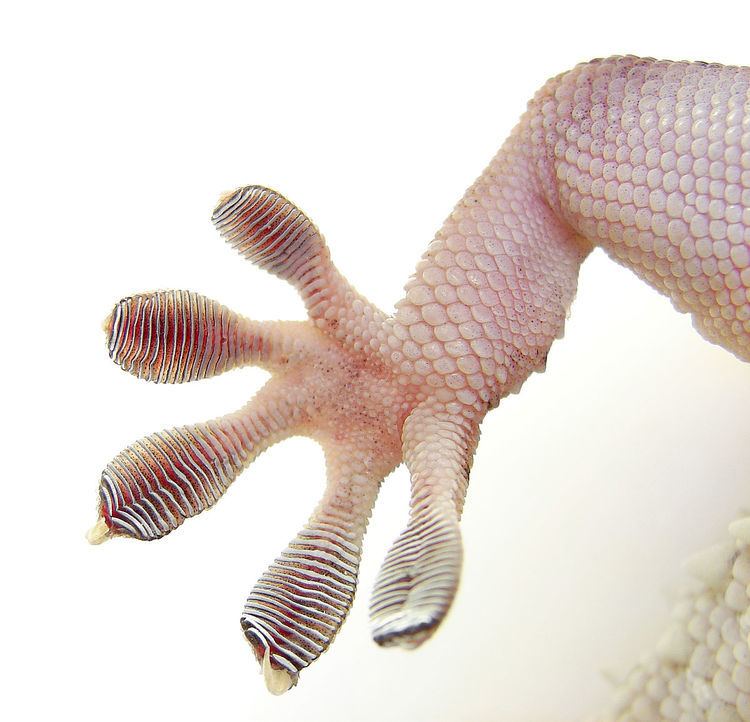 | ||
In surface anatomy, a lamella is a thin plate-like structure, often one amongst many lamellae very close to one another, with open space between. Aside from respiratory organs, they appear in other biological roles including filter feeding and the traction surfaces of geckos.
In fish gills there are two types of lamellae, primary and secondary. The primary gill lamellae come out of the interbranchial septum at the fish gill filament to increase the contact area between the water and the blood capillaries that lie in the fish gill filaments. The secondary gill lamellae are small lamellae that come out of the primary ones and are used to further increase the contact area. Both types of lamellae are used to increase the amount of oxygen intake of the blood. Both types of lamellae contain huge amounts of capillaries and are the sites where the exchange of oxygen from the water and carbon dioxide from the blood occurs.
